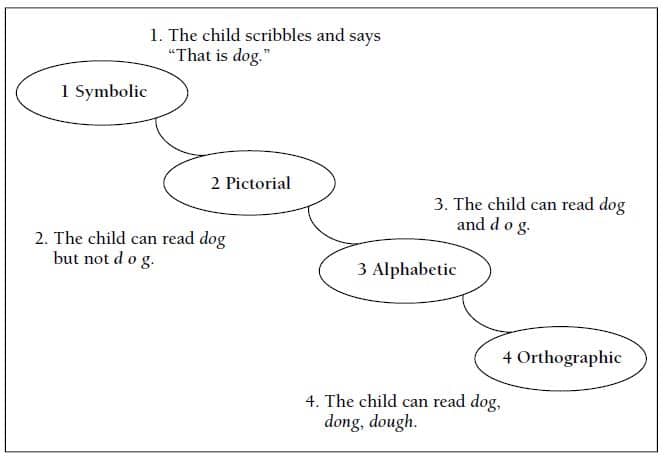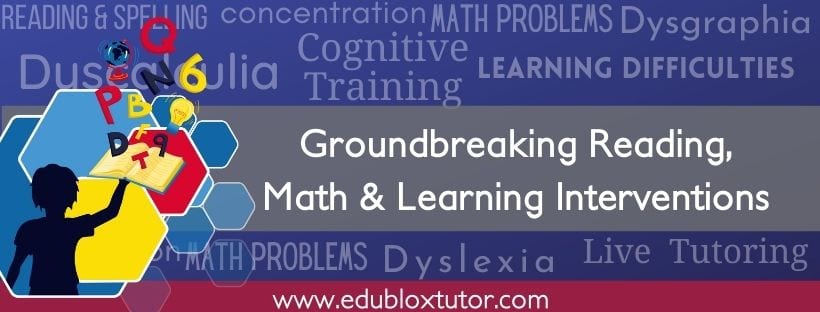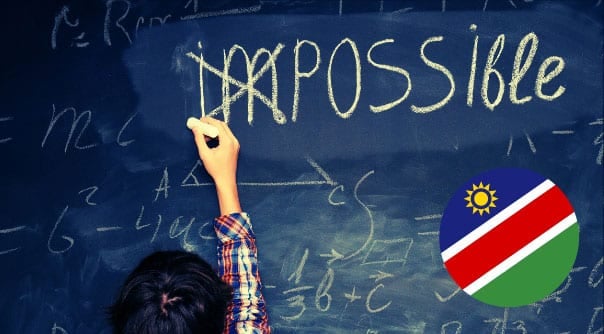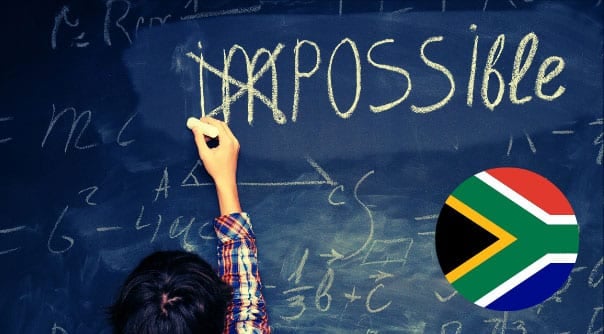
There is no doubt that reading is a very complex process. Although it is generally not recognized as a complex system of tasks, it is so for a child learning to read. Anyone with a child who appears to be intelligent but fails to learn to read will also understand just how complex reading skills are.
According to Frith (Das, 2009), children develop reading in four stages:
1. In the symbolic stage, scribbles and lines are made arbitrarily; the child considers the scribbles as standing for words they already know.
2. In the pictorial stage, words are recognized as a picture, a pattern of letters without being analyzed as a distinctive series of letters. In this stage, the same word written in a slightly different font is not recognized as the same.
3. In the alphabetic stage, the child realizes that the letters have specific sounds. The sequence of the letters is used as a clue to reading the word. Therefore, the child can recognize and read the word in any written form.
4. In the orthographic stage, the child begins to read fluently; they are aware of the way letters can be combined and can produce distinct sounds like tough, though, and laugh.

.
.
Edublox offers cognitive training and live online tutoring to students with dyslexia, dysgraphia, dyscalculia, and other learning disabilities. Our students are in the United States, Canada, Australia, and elsewhere. Book a free consultation to discuss your child’s learning needs.
.



